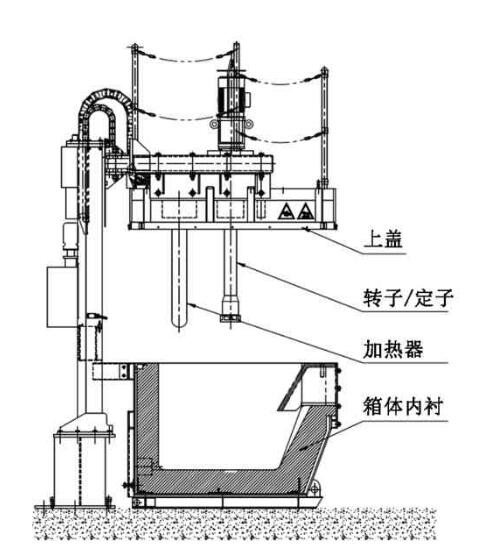
18 4月 Degassing Process In Casting
Degassing Process In Casting
The factors affecting the quality of aluminum and its alloys are various. The hydrogen content, inclusion, and alkali metal concentration of aluminum liquid are the most important for the quality of aluminum alloy.
Major manufacturers and research institutes at home and abroad have invested a lot of resources in research on how to reduce the hydrogen content and inclusion content in aluminum liquid, and many new processes and equipment have appeared on the market.
In addition, during the passage of the bubbles from the melt, they meet the oxide inclusions in the melt, and the inclusions are adsorbed on the surface of the bubbles and float up to the surface of the melt, thereby being removed.
The bubble-rising process can bring out hydrogen gas to achieve the degassing effect, and can also bring out the oxidation inclusions, thereby achieving the refining effect.
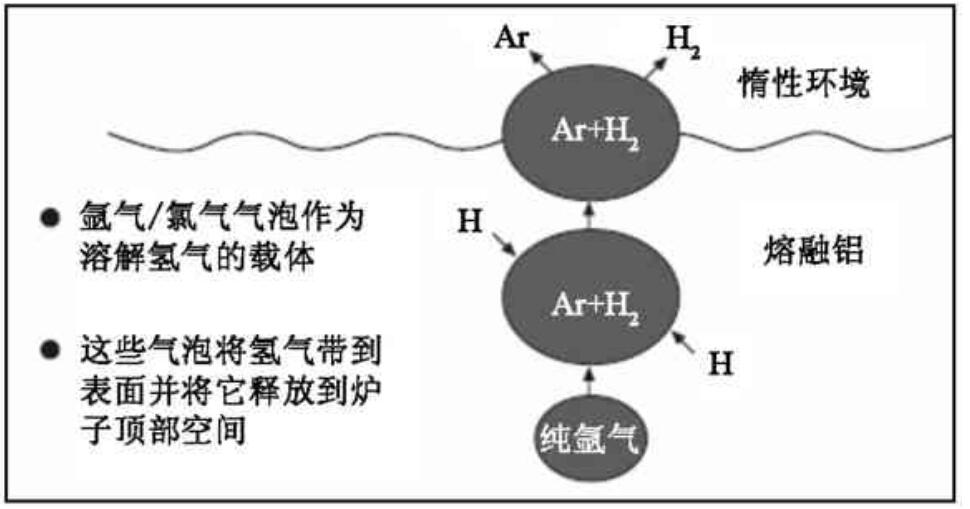
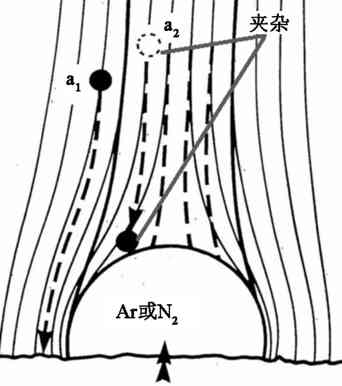
Degassing Process In Casting – Inert gas access method
Degassing Process In Casting, In the gas-blowing method, the method of introducing an inert gas into the aluminum liquid greatly affects the degassing refining effect. At present, there are three ways for the smelting and casting plant to introduce inert gas into the aluminum liquid, such as degassing pipe, ventilating brick, and rotary degassing.
The simplest method of gas blowing is to insert a refining tube into the aluminum liquid and then pass the inert gas. The single-hole single-tube degassing method has a poor degassing effect. There are also some melting and casting plants that install ventilated bricks at the bottom of the furnace. The inert gas forms a multi-channel bubble through the permeable brick. Compared with the single-hole blowing method, the porous blowing method has a better degassing refining effect.
However, in the actual use process, the ventilated brick has the disadvantages of easy clogging, leakage of aluminum liquid, difficulty in maintenance and repair, serious liquid level tumbling, and more slag formation.
With the deepening of the research, the rotary degassing method has appeared one after another. The basic principle is that the inert gas is sprayed into the aluminum liquid through the rotating rotor to form a large amount of dispersed vesicles, thereby performing degassing refining treatment. In order to improve the degassing efficiency, the number of inert gas bubbles should be as large as possible, the diameter of the inert gas bubbles should be small, the inert gas bubbles stay in the aluminum liquid for a long time, and the aluminum liquid level is as stable as possible.
The aluminum liquid flows into the degassing casing and resides in the refractory lining. The tank has a heater and the aluminum liquid remains molten. After the inert gas is ejected through the rotating rotor, the rotor that is rotated at a high speed breaks into numerous small bubbles, and the small bubbles diffuse and rise in the aluminum liquid, thereby removing hydrogen.
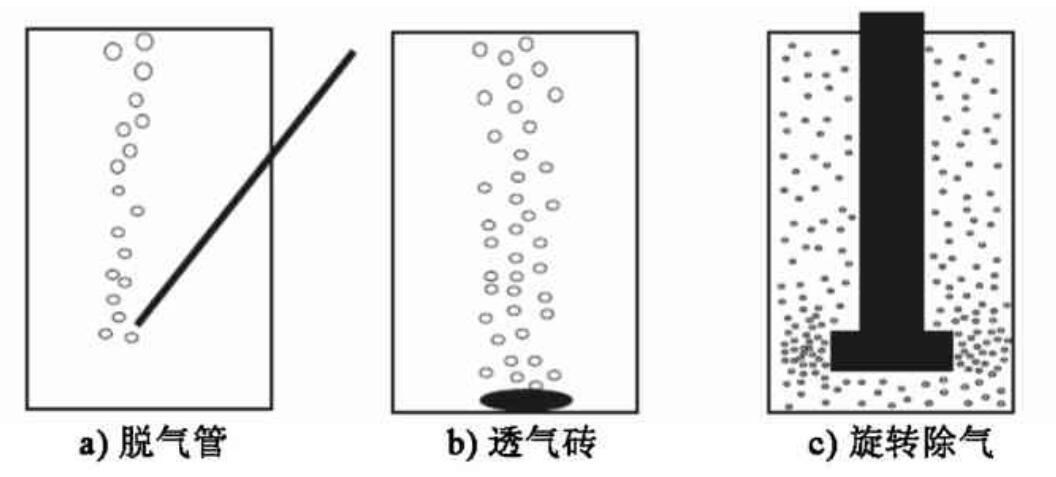

Degassing Process In Casting
The most notable features of the box degasser are the graphite stator and the graphite rod/rotor structure. The graphite stator does not rotate in the aluminum liquid, and the outer layer of the graphite rotating rod/rotor assembly is protected.
The graphite rod and the graphite rotor are assembled together and the aluminum water is stirred. The inert gas is sprayed into the aluminum liquid from the bottom edge of the stator and the groove at the top edge of the graphite rotor through a gap between the stator and the graphite rod.
Graphite rotor/rotor aluminum liquid circulation mode. Through the shearing force of the graphite rotor, the aluminum liquid circulates downward, thereby offsetting the influence of natural buoyancy, so that the bubbles ejected from the rotor and the stator are radially sprayed and uniformly dispersed in the aluminum liquid to achieve optimal degassing. Refinement effect.
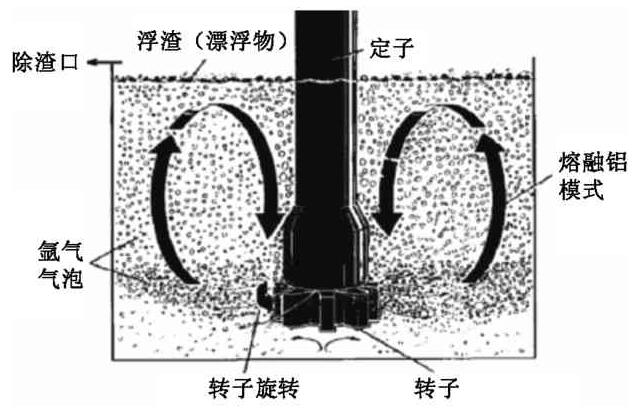
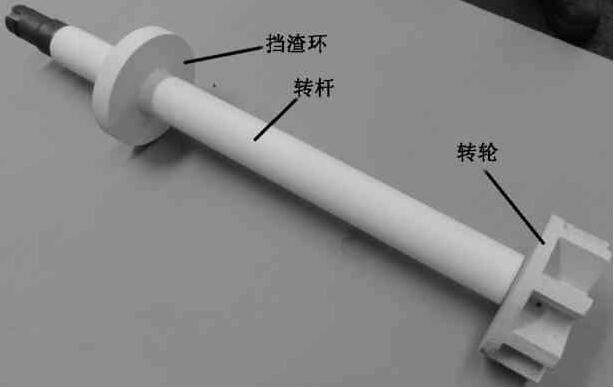


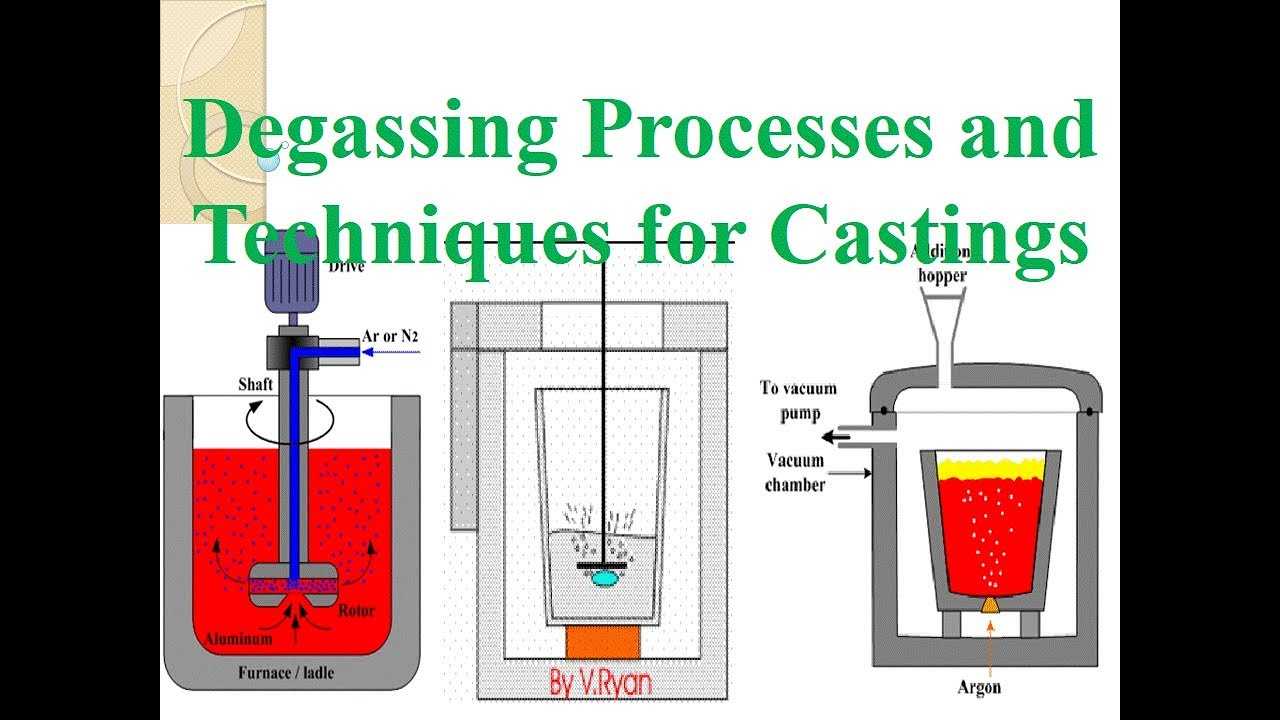
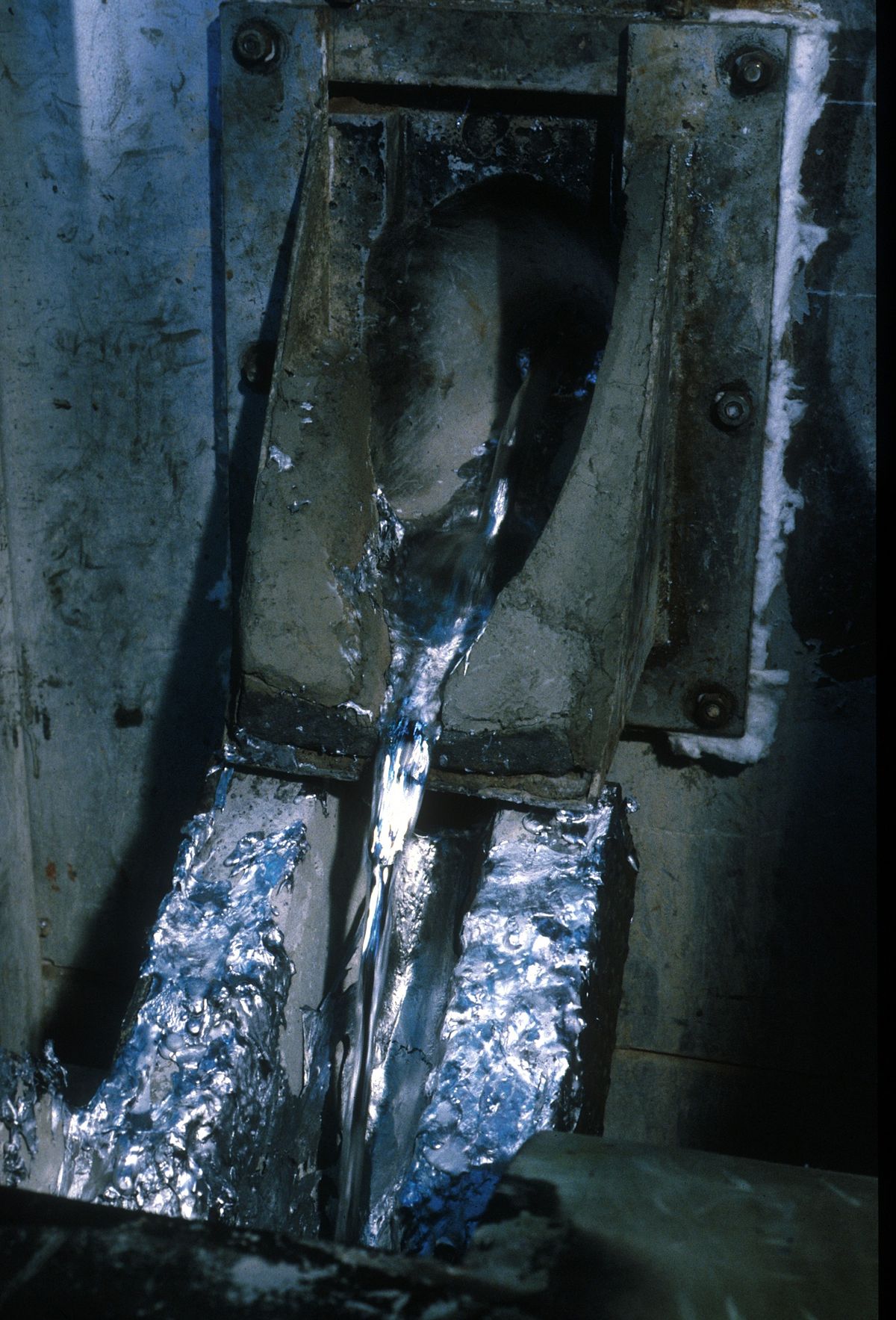
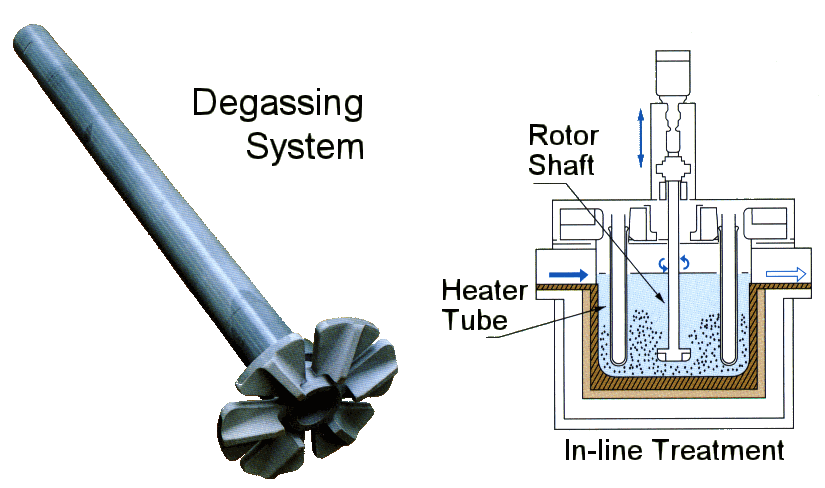
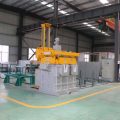
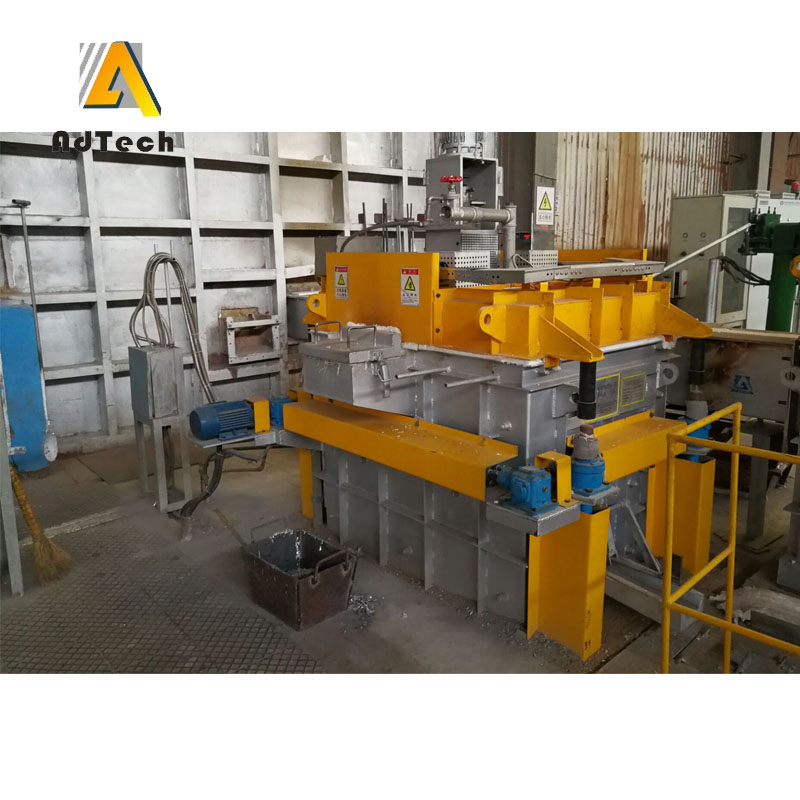
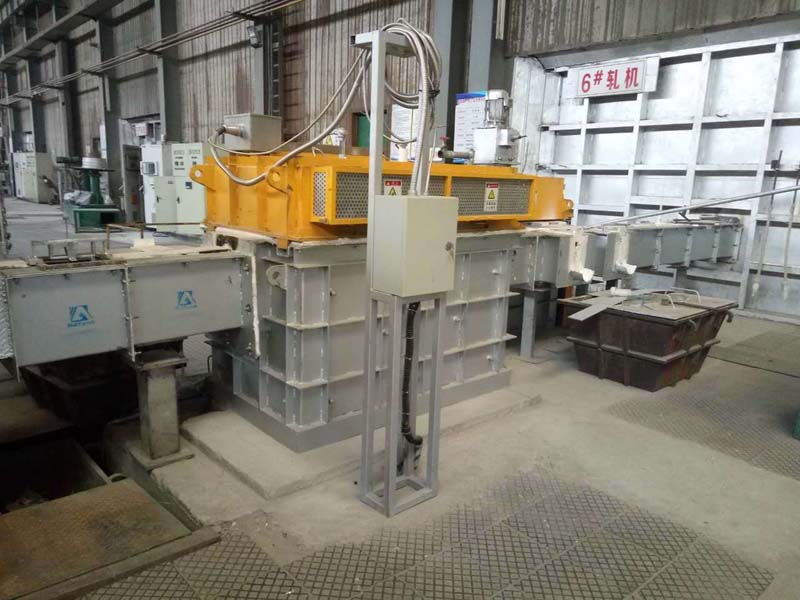
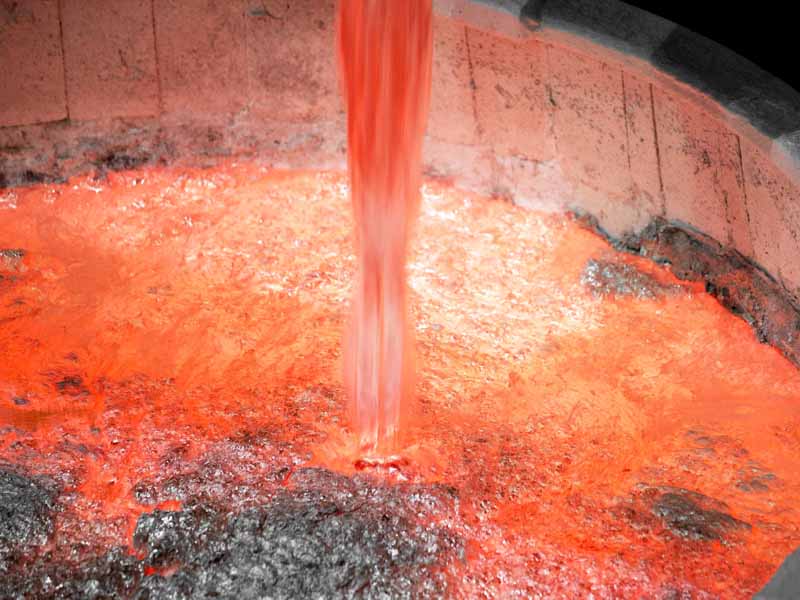
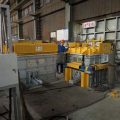
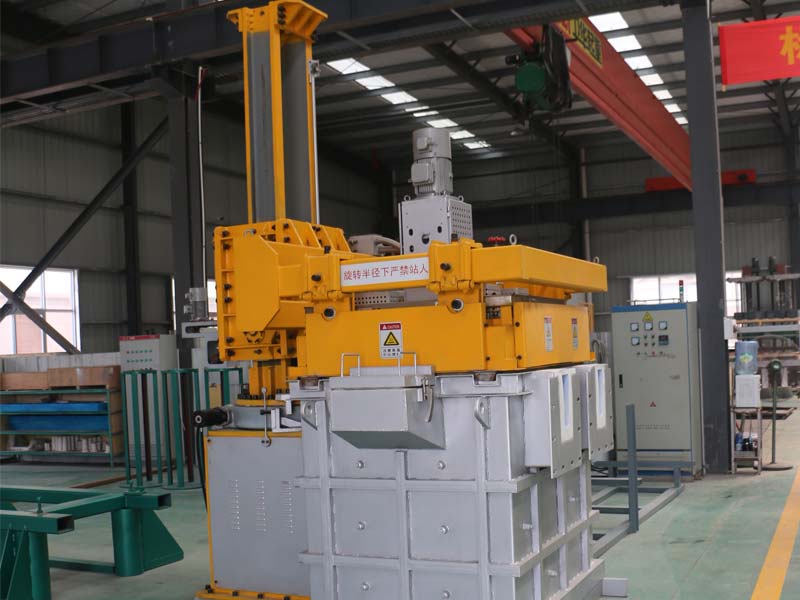
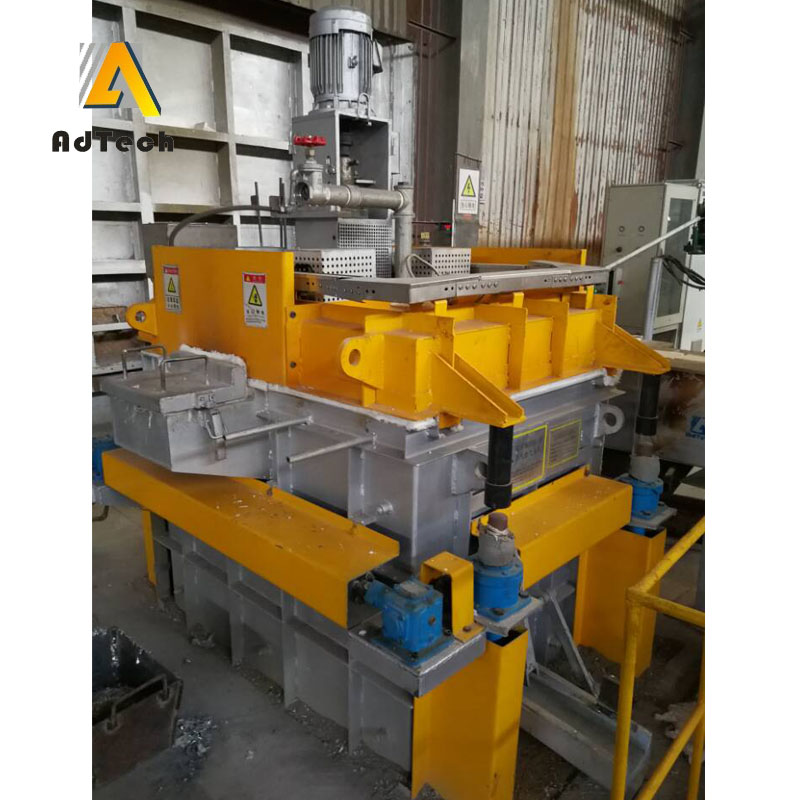
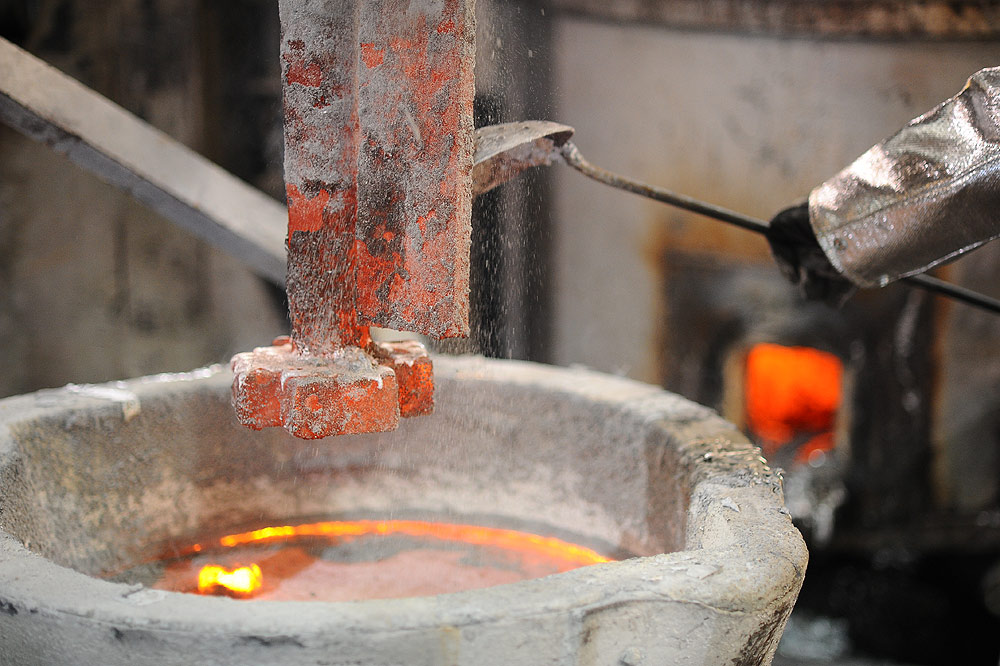
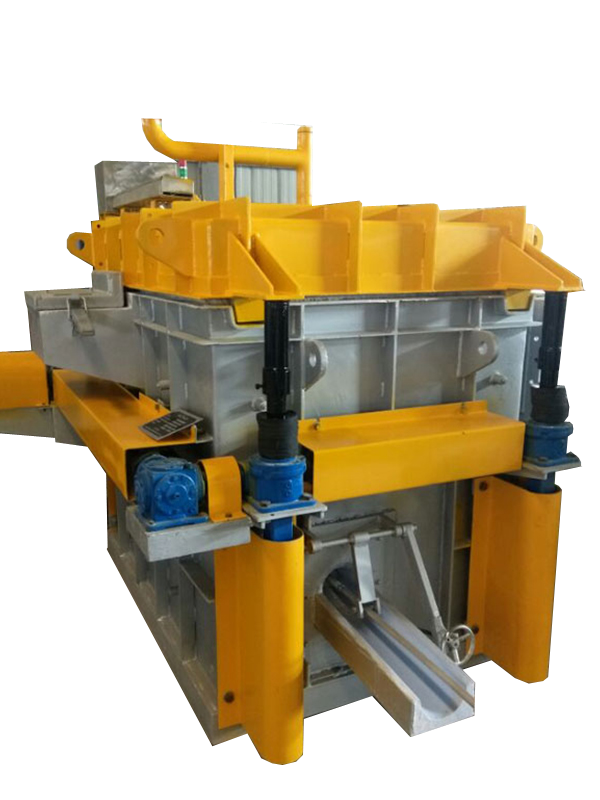
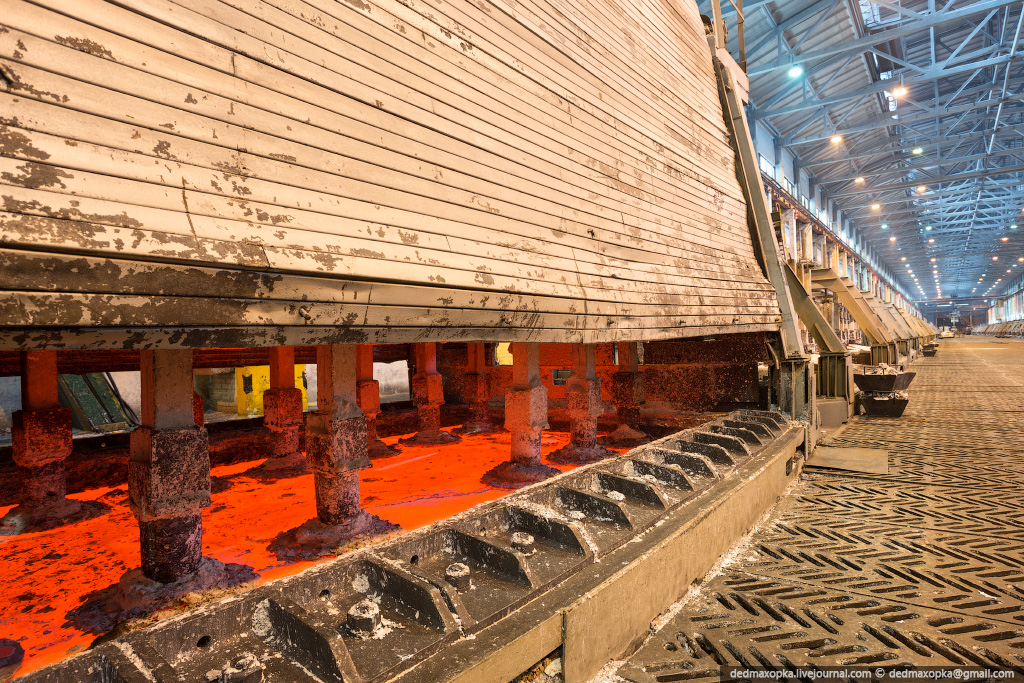
No Comments